The Venetian Method: Underpainting
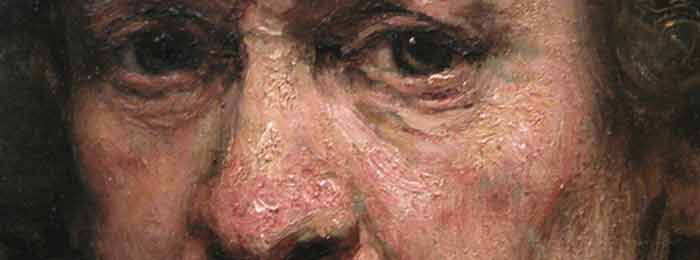
The underpainting was a core feature of the Venetian Method, and was often executed in opaque colour, rather than neutral greys. Many colour variations existed on this technique, such as Venetian Red and Flake White, with the only real limitation lying in the fact one ought limit one’s palette to lean paints (paints with a low rate of oil absorption) which are either opaque or very high in tinting strength. High tinting strength paints with a high oil absorption rate (fat paints) may be used only if mixed in minute quantities with very lean paints, so as to keep the underpainting leaner than the layers that will be applied above. Once the colour has dried, it can be modified with glazes, scumbles, and/or semiglazes. It can also be painted over with opaque colour. Such steps may be repeated as desired.
Highlights are always the final step, and are applied wet into wet with a fully loaded brush. Impasto is a popular highlight technique, as it creates the most opaque passages possible, and is a technique that will guard against the fact that oil paints become more transparent as they age. This application of such solid highlights over more transparent dark layers also creates the impression of depth, something the Venetian Method is famous for.
The underpainting, generally called a grisaille when crafted in greys, should be painted with its darkest areas slightly lighter than the desired final effect, so that colours painted over them retain the right amount of brightness and depth.
While there are exceptions to this rule, such as that which is seen in the technique of Rembrandt, the texture of the underpainting should generally be as smooth as possible. Ridges, dimples, and other flaws in one’s brushstrokes will create larger problems during subsequent layers of painting. Artists who enjoy visible brushstrokes as an aspect of style should decide ahead of time where they desire them to be, and begin with the underpainting.
The Venetian Method is the most diverse and flexible out of any oil painting method yet developed. Its carefully-developed utilization of opaque passages, glazes, scumbles and semiglazes works natural light into oil paint to create ranges and tones of astounding variety, while also allowing the artist the greatest maneuverability, as he or she can adjust the picture at any stage during its creation. The optical illusions created by light-manipulating techniques like glazing and scumbling, combined with being able to choose which edges are refined and sharpened (selective focus), enables those who master the technique to fool the viewer into seeing a three dimensional reality. No other method equals the Venetian Technique in this regard.
Among the Old Masters who favoured the Venetian Technique (whilst adding their now-famous personal touches to it, of course) were Rembrandt, Franz Hals, Nicholas Poussin, Jacques Louis David, Jean Auguste Dominique Ingres, Jean Léon Gérôme, and a host of other lesser-known but admirably skilled Renaissance artists.
Preparation was utterly key to the astounding results achieved by the Old Masters and the other great painters of old; the preparations undertaken prior to beginning work on the final canvas or panel shaped the entire look and feel of the resulting work. Drawings, sketches, and studies, all done on separate surfaces, were required while conceptualizing any work, being needed to solve potential problems that may otherwise arise later.
Smaller paintings, those often used by apprentices, were sometimes created without colour, to be used as a guide when applying the underpainting to a large canvas. This was generally overseen by a Master, who would look on and correct the resulting work in progress.



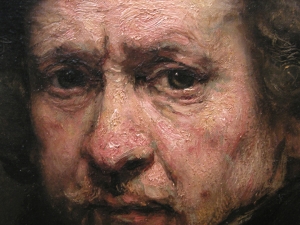
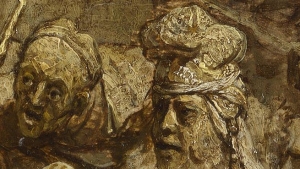
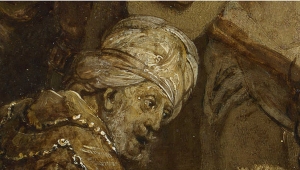
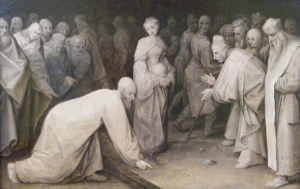
This Post Has 0 Comments